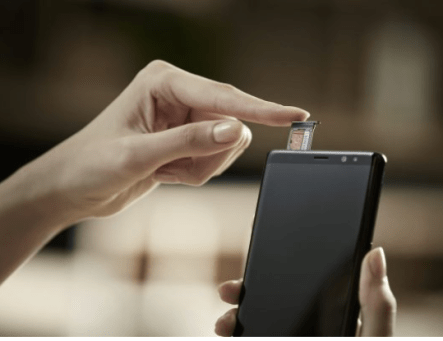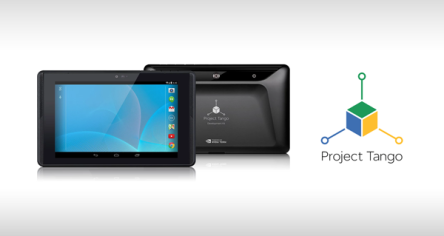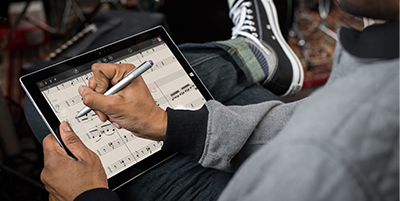It’s not easy to follow the footsteps of a maligned predecessor. After last year’s disastrous Note7, many believed the Note8 would never exist. But Samsung has launched the Note8, aiming at a righting the wrongs of the previous iteration. The new phablet, launched in August, does its best to restore customers’ faith in the brand, but not without a hefty price. How big is too big? At 6.3-inches, the device feels like a Gulliver. Don’t even dream about using it with only one hand. The front is all screen with just a thin bezel top and bottom and curved edges that bend towards metal sides. However, the curvature of the screen seems reduced, compared to the Note7—the change means less real estate on the rounded edges, which makes using the stylus easier. For protection, its glass front and back are coated in Corning Gorilla Glass 5.0. The Super AMOLED display sports bright, vibrant colors, with deep blacks and beautiful viewing angles. It features the same virtual home button and pressure-sensitive screen as the Galaxy S8. The fingerprint scanner is placed on the back of the phone, to the right of the camera module, which takes some finger gymnastics to reach it. Samsung offers both iris-scanning and face-scanning unlock systems, so you don’t have to rely on the fingerprint scanner as much. Still, the face-recognition feature doesn’t feel secure enough just yet, even though the South Korean company has improved it and works faster and more reliably. The iris scanner on the other hand, is fast and as secure as the fingerprint method, that if don’t mind holding the phone up, awkwardly close to your face while making your eyes as big as you can. Specs-wise, the Note8 is powered by Qualcomm’s Snapdragon 835 processor,...
Project Tango Tablet
3D-mapping for everyone
Google likes to play, and the company’s innovative ATAP group has been toying with a 3D-mapping project that would enable hardware to approximate with the same visual acuity of the human eye. The feature was already available in autonomous robots and military research labs, but Google’s Advanced Technologies and Projects division wants to make it available to everyone. Project lead Johnny Lee and his team intend to break the boundaries of mobile devices, currently limited to their own screens, and extend to them the human-scale understanding of space and motion. The mission is to build mobile devices capable of using depth sensors and high-spec cameras to craft three-dimensional maps more cheaply and easily than existing efforts. In collaboration with universities, research labs, and industrial partners, the team has built prototypes and shared them with developers who can imagine a wide range of possibilities and work on bringing those ideas into reality. So far ATAP released two pieces of hardware: a prototype smartphone equipped with Kinect-like 3D sensors and other components and a more powerful seven-inch tablet. The tablet has a 1080p display that runs on Android 4.4 KitKat powered by NVIDIA’s quad-core Tegra K1 chip next to 4GB of RAM and 128GB internal storage, without microSD slot. Additionally it features USB 3.0, micro-HDMI, Bluetooth LE and LTE. The Tango tablet was built with a depth sensor on the back and two cameras: one has a 4MP sensor capable of offering high light sensitivity and fast speeds, and the other tracks motion more broadly with a 170-degree wide-angle fisheye lens. Designed with developers in mind, the tablet doesn’t focus on aesthetics, but doesn’t disregard it completely. The cameras are mounted at a 13-degree angle to give the needed view for gathering accurate data without having...
Surface 3 Tablet
Targets MacBook Air
Microsoft recently announced the next element of its Surface line, the tablet that can play double role as laptop due to a keyboard attachment (sold separately). Surface 3, now available for pre-order at $499, will ship by May 5th. Surface 3 has lost some weight, in figure and in price, marking a steep discount on the Surface Pro 3’s $800 price tag. The youngest sibling will complement the Surface Pro 3 by offering a 10.8-inch device in a 1920×1280 resolution; a bit more than full-HD, but with a 3:2 resolution like its older brother. It could be that Microsoft wanted the display to look and feel more like a sheet of paper. The device is fed by an Intel Atom x7 processor, a chip with enough juice to power a full version of Windows 8.1 and, later this summer, Windows 10. This is the high-end model, the release suggesting a quad-core Atom design running above 2GHz. The SoC will be accompanied by 64GB of storage with 2GB RAM or 128GB of storage with 4GB RAM, plus a 4G ‘LTE Ready’ version that will join at a later date. Battery life is claimed to run for up to 10 hours for video playback and the screen is described as having “incredibly accurate colors.” Surface 3 will be 8.7mm (0.34 inch) thin at 622 grams (1.37 pounds). It will bring with it a standard 3-position stand and a few accessories: the standard Type Cover, a Docking Station with USB ports, an Ethernet jack and an additional Mini Display Port, and The Surface Pen. The later will be available in red, blue, black, and silver with 256 levels of pressure sensitivity. On the hybrid device will be a full-size USB 3.0 port, a mini-DisplayPort, and a microSD...



